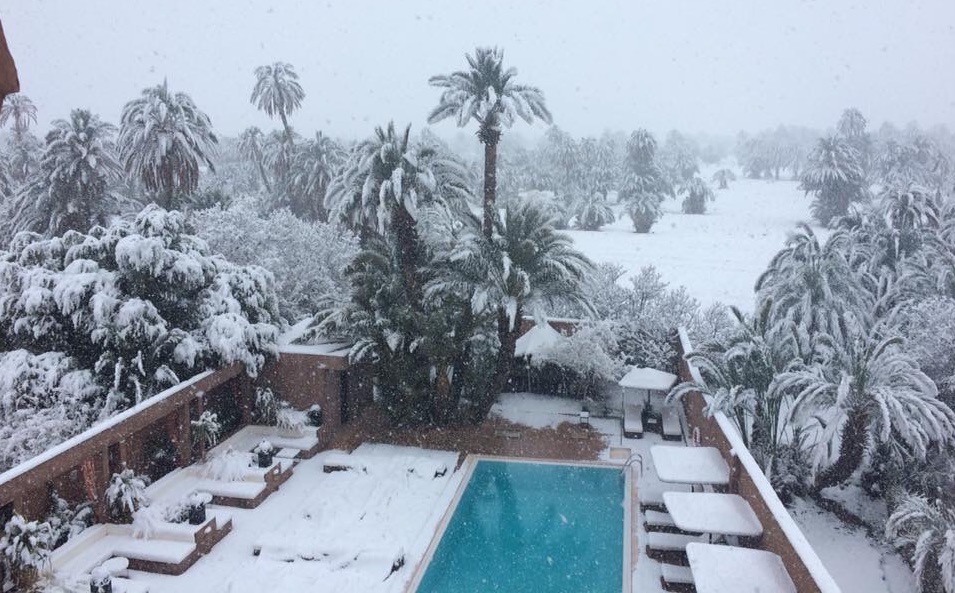Last updated: 19-Jul-18
After Kilian Jornet’s staggering two-summits-of-Everest-in-a-week triumph, details are starting to emerge of how he attacked it and what kit he used. For every runner, shoes are THE vital kit component, imagine how high the stakes are if you are running up and down the world’s biggest mountain?
Kilian worked with Salomonʼs Annecy Design Center (ADC) in the French Alps, who designed a pair of shoes specifically for him and for the challenge.
He wanted to travel light and quickly … and very importantly he told the centre that he wanted one more thing:
“We wanted to save some weight and have good insulation because Kilian said the biggest thing is he wants to come back with his toes,” said Patrick Leick, Senior Project Manager in Salomonʼs Footwear R&D anticipation department before the attempt. “He explained that he wants to run from the lodge to the base camp and then get to the top with the right equipment. So we had the idea to develop this simple shoe to run from the lodge to the base camp and then we have different layers.”
The prototype footwear system consisted of three separate parts and was developed in collaboration over nearly three years. “Itʼs like one shoe for doing everything. You start from the base and you just add layers all the way to the summit,” said Kilian before the attempt. “Itʼs modular, so you can get from the easy trails to the more technical terrain up high.”
The first shoe in the system is a basic layer of insulation with the bottom of Salomonʼs S/Lab Sense shoe, which Jornet uses regularly. It has an insulated gator that allowed him to run at the lower elevations until reaching the snow line. It also features a very light version of Salomonʼs Contagrip® sole, providing the necessary foothold to run on non-technical trails and then to be used as the inner boot in the system.
Kilian inserted that first trail running shoe inside a second mid-layer designed with extra insulation to keep his feet warm. Those two pieces together were then placed inside a large insulated boot with built-in crampons, which he used to summit.
“The feeling is like you have a running shoe, so you can run from the base camp,” Kilian explained before he set off. “Then when you come to the snow, you put it inside the other boot and then you feel like you are in a climbing shoe—itʼs completely stiff when you are on ice and that kind of terrain. But you have the freedom of the ankle of a running shoe.”
Leick said that designing the footwear that Jornet wore on Everest will feed into other areas, “Although this product won’t be a commercial product, Kilian pushes the limits and that helps us to develop other products by giving us great ideas.”




